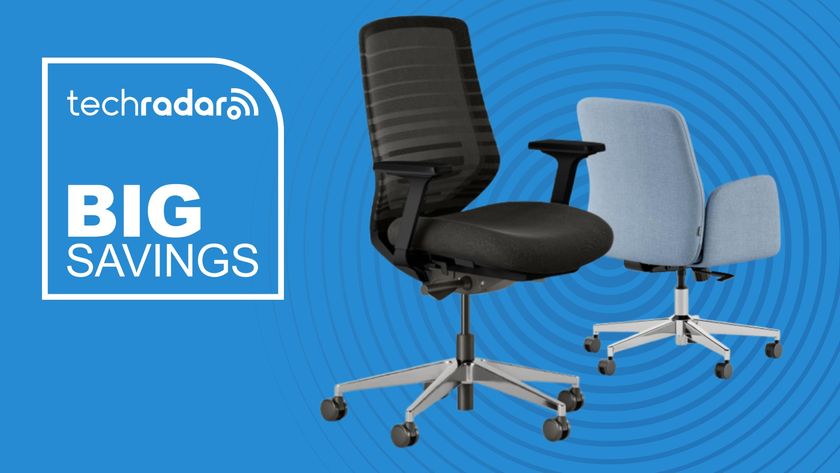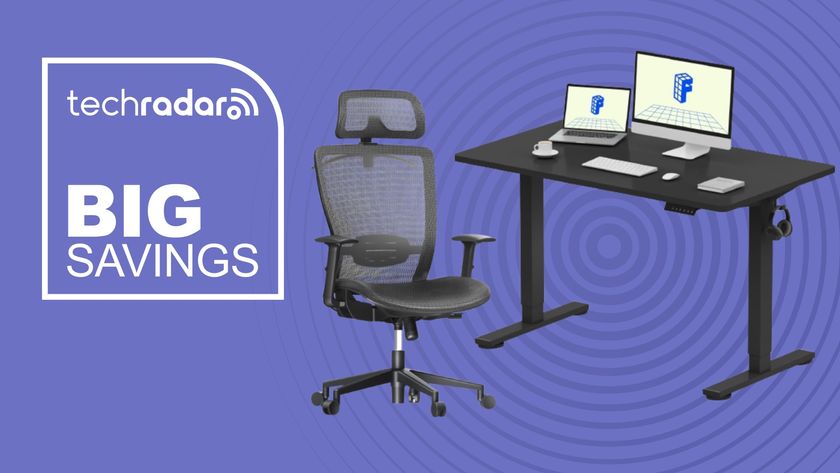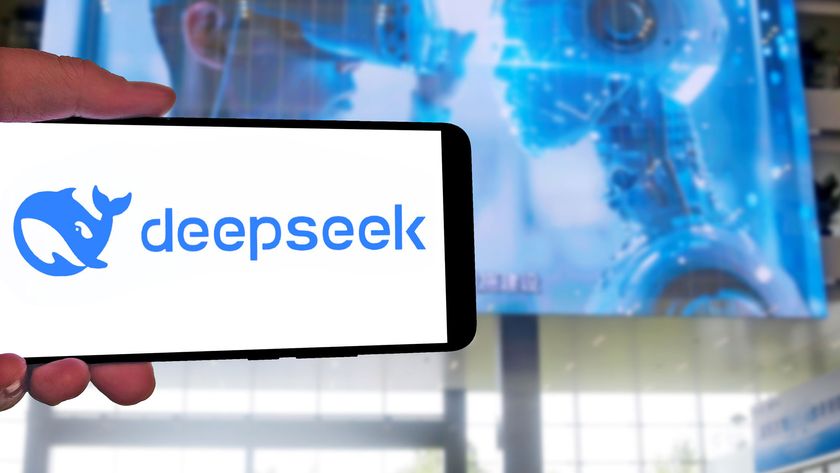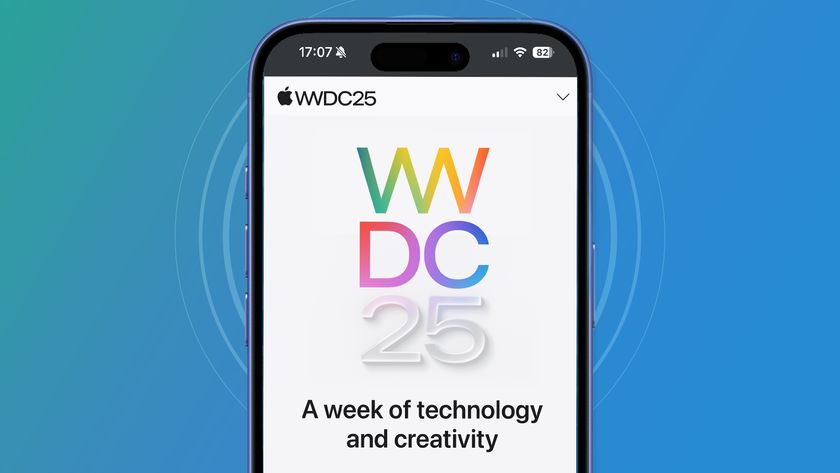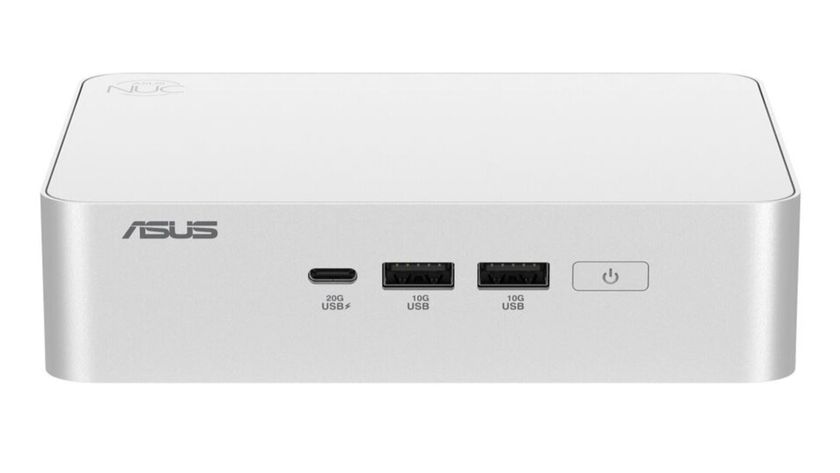Five major trends in data and analytics for 2015
The rise of the Chief Digital Officer is one

Experts have been talking about big data for years, but in 2014 companies started to embrace data insights for business decisions. For example fashion retailer Zara announced that it was using data and new technologies to track items in store to make smarter stocking decisions. Each time a garment was sold, data from its RFID chip prompted an instant order to the stockroom to send out an identical item.
In 2015 we'll see companies take this approach one stage further, transforming into completely analytics-driven organisations. However, this will require a fundamental shift in thinking and approach. Investing in the right tools and technology is essential but for data to be a strategic asset, the company also has to make it a cultural focus.
Our five predictions for data this year highlight the fact that numerical insights are bound to become inescapable in business.
1. Advanced, pervasive and invisible analytics
2015 will be the year when every business decision derives from analytics. Businesses will completely abandon instinctual decision making so that all decisions and discussions are informed by data. Data will no longer be the language of IT professionals but of the whole business world, particularly as insights become more advanced.
This data-driven way of working will become a competitive asset to beat competitors – only with better data and insights will businesses be able to win.
2. Unified brand experiences
Customers don't think in channels or devices, they expect to have the same brand experience wherever they interact with a company. Whether they're buying a product on their tablet, desktop or in-store, they want to have access to the same products and branding they trust.
Apple has seen great success from its slick and seamless ecosystem, which means that users build systems around their products. The Apple Watch, for example, will require an essential component: an iPhone. Some features require a wireless connection with an iPhone meaning that Apple can really put its ecosystem to work. In the next year we'll see more brands create ecosystems, investing in data software in order to achieve multi-channel strategies that offer the cohesive experiences customers are demanding.
Are you a pro? Subscribe to our newsletter
Sign up to the TechRadar Pro newsletter to get all the top news, opinion, features and guidance your business needs to succeed!
3. The risk of data
Data governance and security is becoming more important than ever before, as companies including Sony Pictures and Snapchat were exposed to some of the biggest privacy and data breaches last year. Companies will quickly realise the importance of secure data services and demand better encryption.
It shouldn't take the bankruptcy of the first big major global company due to a hack or data leak in order for companies to take action and put preventative measures in place.
4. Wearables go mainstream
According to CCS Insight, shipments of smart wearables are expected to grow from 9.7 million in 2013 to 135 million in 2018. Wrist-worn devices will account for 87% of these wearables, equating to 68 million smartwatches and 50 million smart bands.
These devices will play a large role in the Internet of Things, bridging the gap between indoors and outdoors, and will start to be adopted more widely when people realise the value of the data they carry. For example, sensors within clothes could identify the fact that an iron deficiency is developing and order iron-rich food to the fridge connected at home to help treat this over time.
5. The rise of the Chief Digital Officer
With strategic insights through data about their customers' behaviour and favourite products, as well as detailed knowledge of when and where people buy, companies can build their strategies based on proven insights and data.
With this in mind, the role of the Chief Digital Officer will be created to promote the use of data as a strategic asset. Tasked with tackling issues like stopping data from sitting in siloes and ensuring that staff have the tools and skills needed to analyse, understand and implement insights, this role will have a clear business focus on using data to formulate strategies, grow sales and improve processes within the organisation.
The creation of this role has been predicted in previous years, but this year the Chief Digital Officer will really become an influencer within organisations.
Data will become even more prevalent this year – both in the boardroom to make business decisions and to inform products manufactured, as well as in our daily personal lives. However, with analytics everywhere, ensuring the protection of this data should be as high on the agenda for companies as using data to provide better customer experiences.
Overall though, for data to really become a long-term strategic asset this year, companies need to make a data-driven approach part of their culture.
- Simon Walker is director of innovation at Stibo Systems
